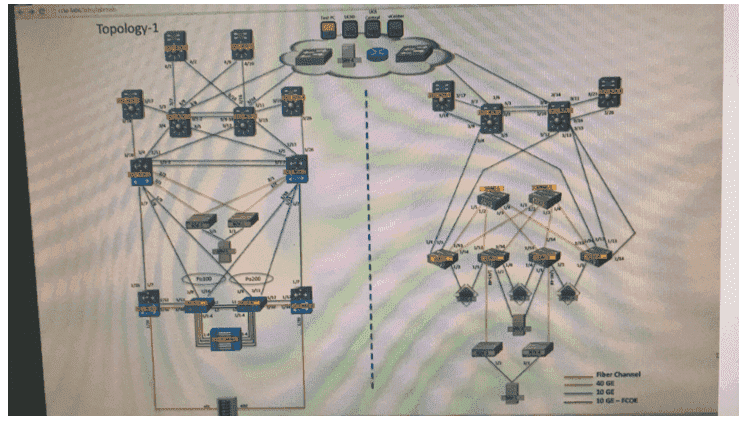IPv6 is unlikely to replace IPv4 immediately, so IPv4 and IPv6 will coexist in an environment for quite some time. To provide a smooth conversion process that has little impact on existing users, a good conversion mechanism is required. This topic is the main goal of the IETF ngtrans working group. Many conversion mechanisms have been proposed and some have been used on 6Bone. The IETF recommends conversion mechanisms such as dual stacks, tunneling techniques, and network address translation:
I. IPv6/IPv4 dual stack technology
The dual stack mechanism is to make the IPv6 network node have an IPv4 stack and an IPv6 stack, and support both IPv4 and IPv6 protocols. IPv6 and IPv4 are network layer protocols with similar functions. Both are applied to the same physical platform and carry the same transport layer protocol TCP or UDP. If a host supports both IPv6 and IPv4 protocols, the host can and only Host communication supporting IPv4 or IPv6 protocols.
Second, tunnel technology
The tunneling mechanism is a mechanism for encapsulating IPv6 packets as data in IPv4 packets when necessary, so that IPv6 packets can be transmitted over existing IPv4 infrastructure (mainly IPv4 routers). With the development of IPv6, some local IPv6 networks isolated by the backbone network running IPv4 have emerged. In order to realize communication between these IPv6 networks, tunnel technology must be adopted. The tunnel is transparent to the source site and the destination site. At the entrance of the tunnel, the router encapsulates the IPv6 data packet in IPv4. The source and destination addresses of the IPv4 packet are the IPv4 address of the tunnel entry and exit respectively, at the tunnel exit. Then, the IPv6 packet is taken out and forwarded to the destination site. The advantage of the tunneling technology is the transparency of the tunnel. The communication between the IPv6 hosts can ignore the existence of the tunnel, and the tunnel only functions as a physical channel. Tunnel technology has been widely used in the initial stage of IPv4 to IPv6 evolution. However, tunneling technology cannot implement communication between IPv4 hosts and IPv6 hosts.
Third, network address translation technology
The Network Address Translator (NAT) technology treats an IPv4 address and an IPv6 address as internal and global addresses, respectively, or vice versa. For example, when an internal IPv4 host communicates with an external IPv6 host, the IPv4 address (equivalent to an internal address) is converted into an IPv6 address (equivalent to a global address) in the NAT server, and the server maintains a mapping table of IPv4 and IPv6 addresses. Conversely, when an internal IPv6 host communicates with an external IPv4 host, the IPv6 host is mapped to an internal address, and the IPv4 host is mapped to a global address. NAT technology can solve the problem of interworking between IPv4 hosts and IPv6 hosts.

 Join Telegram Study Group ▷
Join Telegram Study Group ▷













